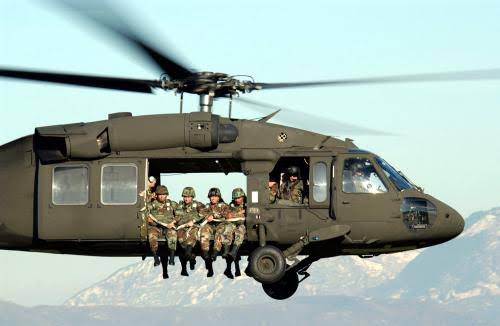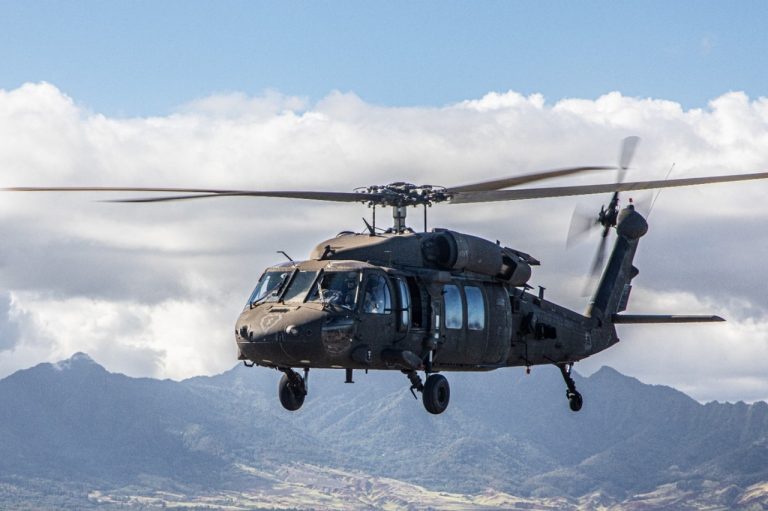A Comprehensive Overview to the Maintenance and Care of Aircraft for Long Life
The durability of an aircraft hinges dramatically on its maintenance and care, necessitating an organized strategy to make sure optimum efficiency and safety. Normal examinations, coupled with an organized maintenance program, serve as important components in determining potential issues before they intensify. The problem of the aircraft's inside and adherence to regulatory standards play critical roles in protecting its worth. Yet, understanding the intricacies of these methods can be complicated; as a result, it is important to explore the important components that add to effective aircraft care and the ramifications of disregarding these obligations.
Value of Regular Upkeep
Regular upkeep is essential for the safety and security, effectiveness, and longevity of aircraft. An organized method to upkeep makes certain that all parts function efficiently, thereby minimizing the threat of mechanical failure during operation. Regular inspections and maintenance permit specialists to determine prospective problems before they rise right into substantial troubles, guaranteeing that the airplane stays in conformity with air travel guidelines.
Furthermore, keeping an airplane according to the supplier's guidelines is critical for maintaining its value. A well-documented upkeep history can enhance resale potential customers and instill confidence in potential purchasers. Furthermore, regular maintenance adds to functional performance, as it aids to maximize gas consumption and efficiency metrics, bring about set you back financial savings gradually.
Additionally, regular maintenance adds to the total safety of flight operations (uh 60). By addressing wear and tear immediately, drivers can minimize threats related to aging airplane systems. This proactive technique not only safeguards the lives of travelers and crew yet also safeguards the aircraft itself against catastrophic failures

Daily Examination Checklist
Exactly how can pilots and upkeep crews make sure the aircraft is in optimum problem before each trip? The response exists in an extensive daily assessment checklist, which functions as a vital method to determine prospective concerns that might endanger safety and security and efficiency. This checklist must incorporate numerous essential areas, consisting of exterior and interior evaluations, in addition to functional checks of vital systems.
Starting with the outside, crews must assess the airframe for any type of noticeable damage, leaks, or indications of deterioration. Interest has to be paid to control surface areas, touchdown gear, and the problem of tires. Relocating to the interior, the team ought to validate that all controls and instruments are operational, making certain that electronic systems are working properly.

In addition to architectural checks, it is crucial to inspect gas levels and confirm that all required papers, including enrollment and weight and balance information, depend on day. A review of emergency equipment, consisting of life vests and fire extinguishers, have to be performed to make sure compliance with security guidelines. By faithfully following this daily inspection list, pilots and upkeep crews can considerably improve the safety and security and dependability of their aircraft.
Set Up Maintenance Programs
Scheduled upkeep programs are important for the long-lasting safety and security and efficiency of aircraft procedures. These programs are developed to guarantee that all airplane elements undertake routine inspections, maintenance, and required repair work at established periods. By adhering to an organized maintenance routine, operators can substantially decrease the risk of in-flight failures, boost aircraft integrity, and extend the life-span of essential parts.
Normally, scheduled upkeep is categorized into numerous degrees, including A, D, c, and b checks, each with distinct demands and thoroughness. A checks are generally more constant and concentrate on basic minor repairs and visual examinations, while D checks are much more comprehensive and take place less often, involving comprehensive disassembly and overhaul of the airplane.
Governing bodies, such as the FAA and EASA, required conformity with specific maintenance schedules based upon airplane kind and use. Operators has to navigate to this site preserve thorough records of all maintenance done to show compliance and promote examinations. The assimilation of predictive maintenance technologies can additionally enhance the efficiency of scheduled programs by recognizing prospective concerns before they rise, therefore ensuring that aircraft stay in optimal condition and all set for safe operations.
Take Care Of Airplane Interiors
Taking care of aircraft insides is important not just for guest convenience however additionally for keeping the general Web Site worth and safety of the airplane. Normal cleansing and upkeep of the indoor parts contribute significantly to a favorable flying experience while protecting the aircraft's visual allure.
To guarantee optimal care, it is crucial to develop a routine cleansing routine that consists of vacuuming rugs, cleaning down surfaces, and sterilizing high-touch locations. Furniture and seating should be evaluated for deterioration, with any damages quickly addressed to protect against additional deterioration. Additionally, attention has to be provided to the galley and lavatory locations, which call for complete cleansing and restocking of products to keep health.
In addition, the use of appropriate cleaner is important; extreme chemicals can damage surfaces and products, so it is advisable to utilize products especially created for aircraft insides. Normal inspections ought to also be carried out to identify any kind of upkeep requires, such as replacing worn-out seat covers or fixing home window shades. By focusing on the treatment of aircraft insides, drivers can boost the overall guest experience and secure the investment in their aircraft.
Understanding Regulative Conformity
Regulatory compliance is a vital element of aircraft upkeep, usually needing drivers to abide by an intricate structure of local, nationwide, and worldwide requirements. This structure is mostly established by aviation governing bodies such as the Federal Air Travel Administration (FAA) in the USA and the European Union Aeronautics Safety Company (EASA) in Europe - uh 60. These companies state regulations that regulate numerous facets of airplane maintenance, including airworthiness, security protocols, and operational procedures

Furthermore, drivers should stay informed regarding changes in laws and join training programs to make sure that their staff is educated about conformity demands. Failure to follow these policies can here are the findings cause serious fines, including fines, grounding of airplane, or loss of certification. For that reason, understanding and sticking to regulatory conformity is critical for the longevity and safety and security of aircraft operations.
Verdict
In verdict, the upkeep and treatment of airplane are vital for ensuring durability, safety and security, and functional efficiency. Focus to the aircraft's inside and compliance with governing requirements considerably add to preserving its value.
The longevity of an airplane pivots significantly on its maintenance and treatment, necessitating a structured method to make certain optimal efficiency and safety. By vigilantly following this everyday evaluation list, pilots and maintenance crews can significantly enhance the safety and security and reliability of their airplane.
These programs are designed to ensure that all aircraft parts undergo regular examinations, maintenance, and required repair work at established intervals. By focusing on the treatment of aircraft interiors, drivers can boost the total traveler experience and shield the financial investment in their airplane.
In conclusion, the maintenance and treatment of airplane are vital for making sure long life, safety and security, and functional effectiveness.